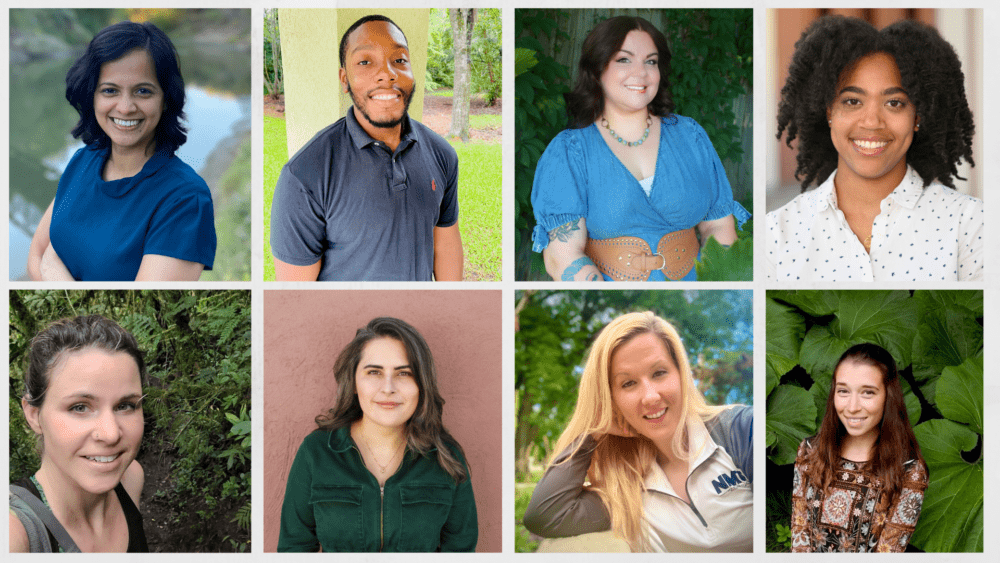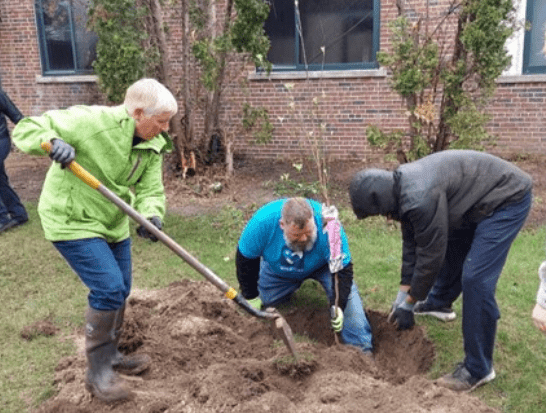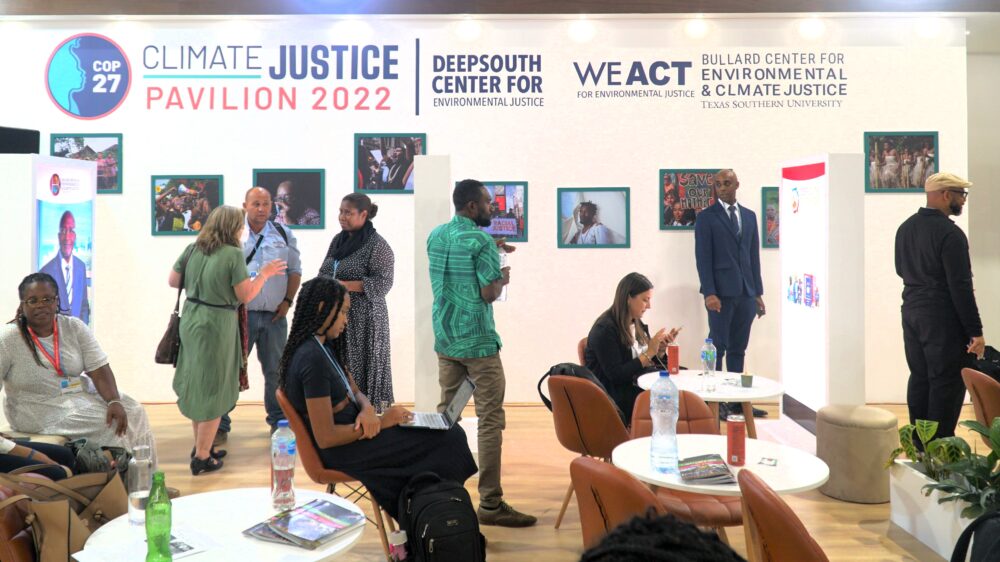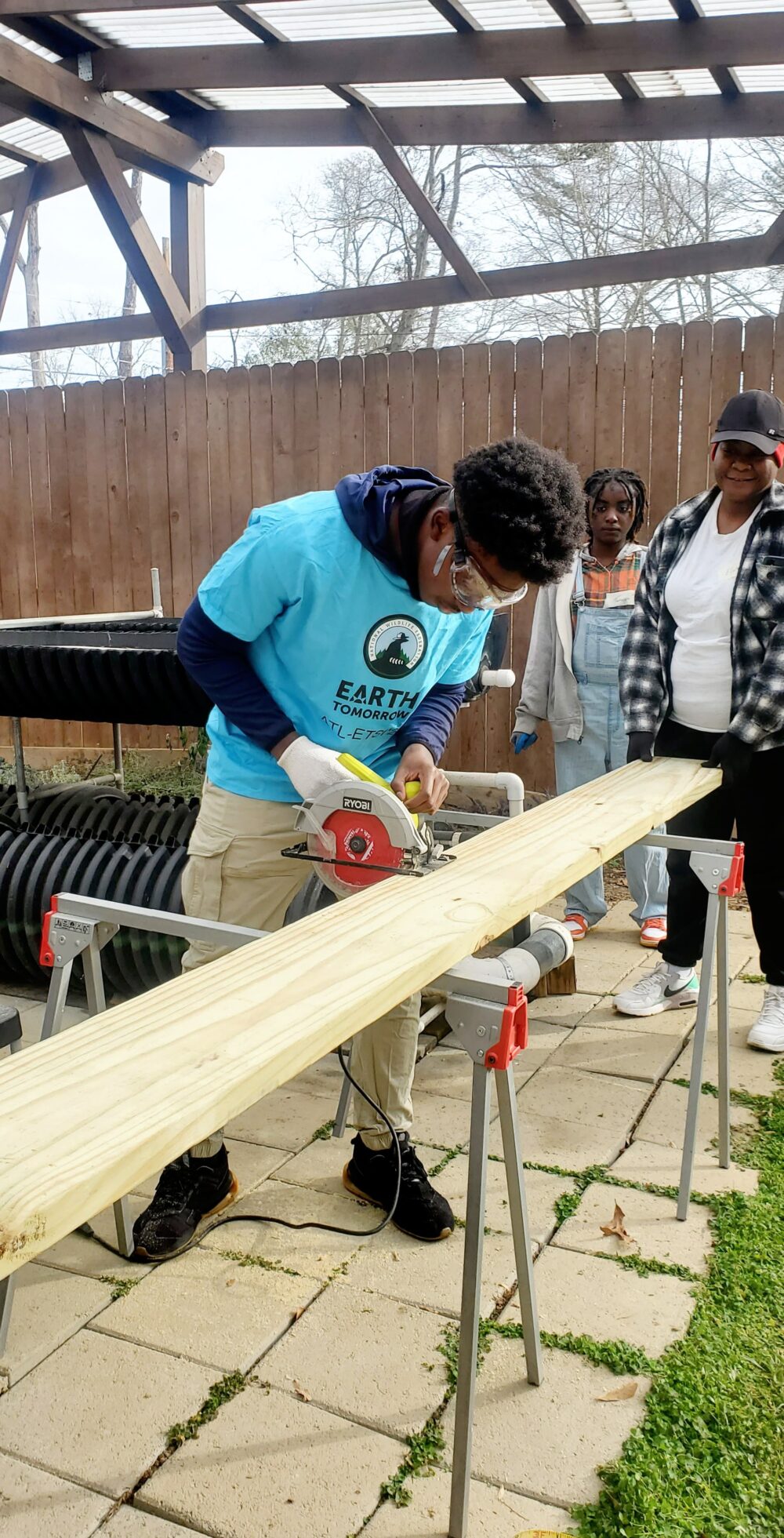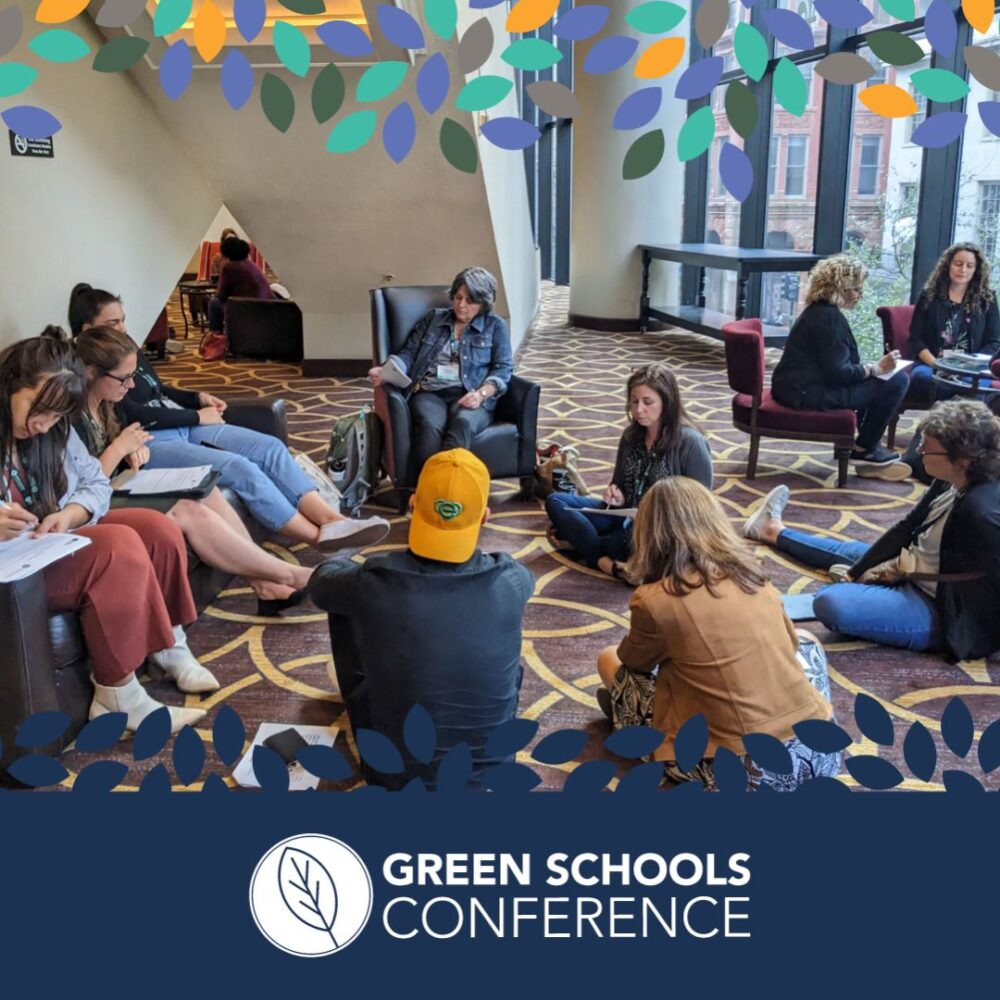We have much more to do and your continued support is needed now more than ever.
When Scientists Get Tattoos, Do Instructors Respond for Students? A Survey Inquires
Back in fall of 1989, in one of my earliest experiences as a conservation organizer, a professor stood up before about 200 students and faculty we’d assembled at the University of Georgia (UGA) and declared:
“Isn’t global warming a red herring? Wouldn’t we do the kinds of things we are proposing here, such as improving energy efficiency and reducing waste, anyway?”
Students had just finished reporting on ways the university could curb emissions of carbon dioxide (CO2) and other greenhouse gas emissions through innovative projects that touched on everything from energy, to the landscape, to commuting and they’d cited benefits to the community such as saving money, reducing congestion and creating jobs. The professor seemed to believe that reducing waste was worthwhile, but was skeptical about the urgency and scale of the task.
He was not alone. At that time, universities and other research centers all across the world were working to improve the ability to monitor and interpret data as well as to foster collaboration among scientists and gather their opinions.
Today, scientists overwhelmingly agree that the earth is warming due to human activity, and universities have played a central part in this understanding. With each of the five successive reports of the Intergovernmental Panel on Climate Change (IPCC) between 1990 and 2013, the picture has gotten clearer and the consensus has grown.
Universities and the path toward global climate consensus
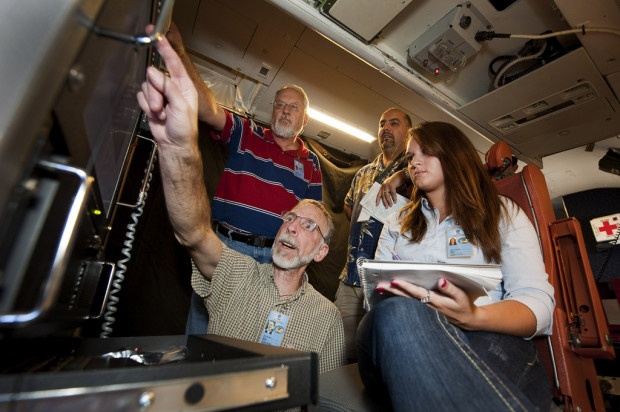
- Atmospheric concentrations of carbon dioxide (CO2), methane, and nitrous oxide have increased to levels unprecedented in at least the last 800,000 years and CO2 concentrations have increased by 40% since pre-industrial times.
- This increase is primarily from fossil fuel emissions and secondarily from net land use change emissions.
- It is extremely likely that human influence has been the dominant cause of the observed warming since the mid-20th century.
- Continued emissions of greenhouse gases will cause further warming and changes in allcomponents of the climate system.
- Limiting climate change will require substantial and sustained reductions of greenhouse gas emissions.
Higher education research from the Pacific Islands to the Arctic
Higher education is at the center of the climate science, advancing studies of hundreds of dimensions from the cryosphere to the oceans to the atmosphere. Of the 209 lead authors and 50 review editors from 39 countries and more than 600 contributing authors from 32 countries who contributed to the preparation of the IPCC’s Working Group I AR5, nearly half are university-based scientists. Notable examples include:
- The late Charles David Keeling who developed monitoring equipment and recorded carbon dioxide at Mauna Loa Observatory in conjunction with Cal Tech and Scripps Institute of Oceanography;
- Lonnie Thompson, professor of earth sciences at Ohio State University, who has lead teams of researchers sampling ice cores from ice caps and mountain glaciers all across the world starting in the 1970s;
- Peter Wadhams, head of the Polar Ocean Physics Group at the University of Cambridge, UKI, studying impacts from the release of methane from melting Arctic permafrost
Demonstrating solutions on campus and beyond
In addition to the science, higher education is also contributing to the climate solutions. In the U.S., 677 college and university presidents have pledged to achieve carbon neutrality through the American College and University Presidents’ Climate Commitment (ACUPCC). More than 500 of those have created climate action plans and nearly 2,000 colleges and universities have created greenhouse gas emissions inventories.
South Korea’s Gyeonggi-do Association for Green Campus Initiative (GAGCI) is convening university leaders each year from countries through Europe and the East to explore latest best practices for higher education leadership to reduce industrial carbon pollution.
Forming partnerships with the surrounding community or region to coordinate strategies such as transit oriented development and even training for green jobs is another tack many colleges and universities are taking. Among leaders in this approach are Oberlin College in Ohio, Occidental College in California, University of Oregon’s Sustainable City Year Program and several others that NWF is documenting in a new guide to campus-community partnerships for sustainability.
A faculty survey of career education
Beyond the shifts in campus operations and business practices, however, relatively little is known about the academic uptake of climate science information across disciplines in the U.S.. The faculty member at UGA who expressed skepticism was not alone in 1989, but today, we believe instructors are quietly taking the science to heart, revising courses, and helping their students learn about impacts and solutions and how their disciplines and careers contribute to both.
My colleagues and I are hoping that this short linked survey will provide a snapshot of some of the ways faculty are boosting students’ career preparedness for a new climate. We will share the findings in spring of 2014 before the presentation of the full report in Copenhagen, Denmark, October 27-31, 2014. We hope the poll will illustrate support for the work of the IPCC, document some examples and inspire others.












